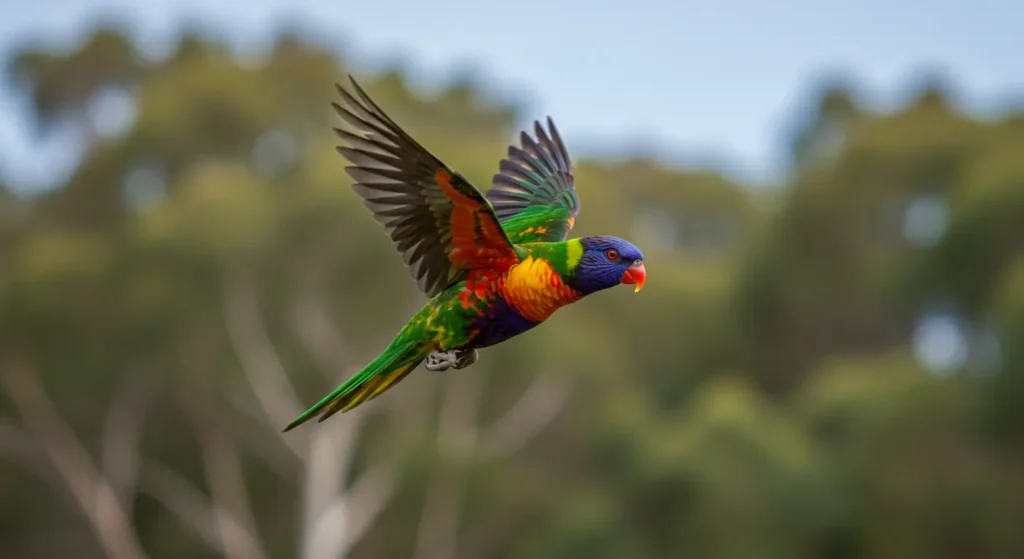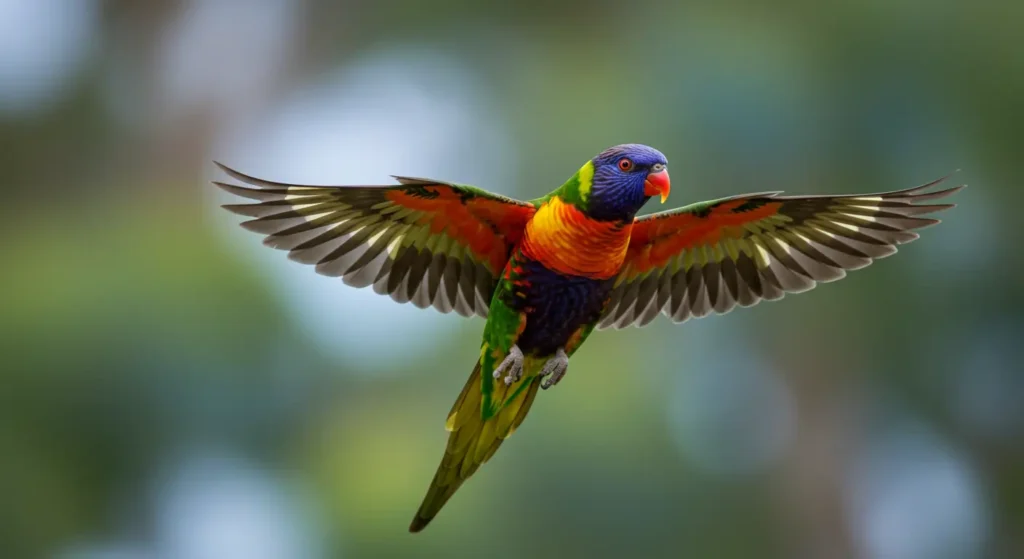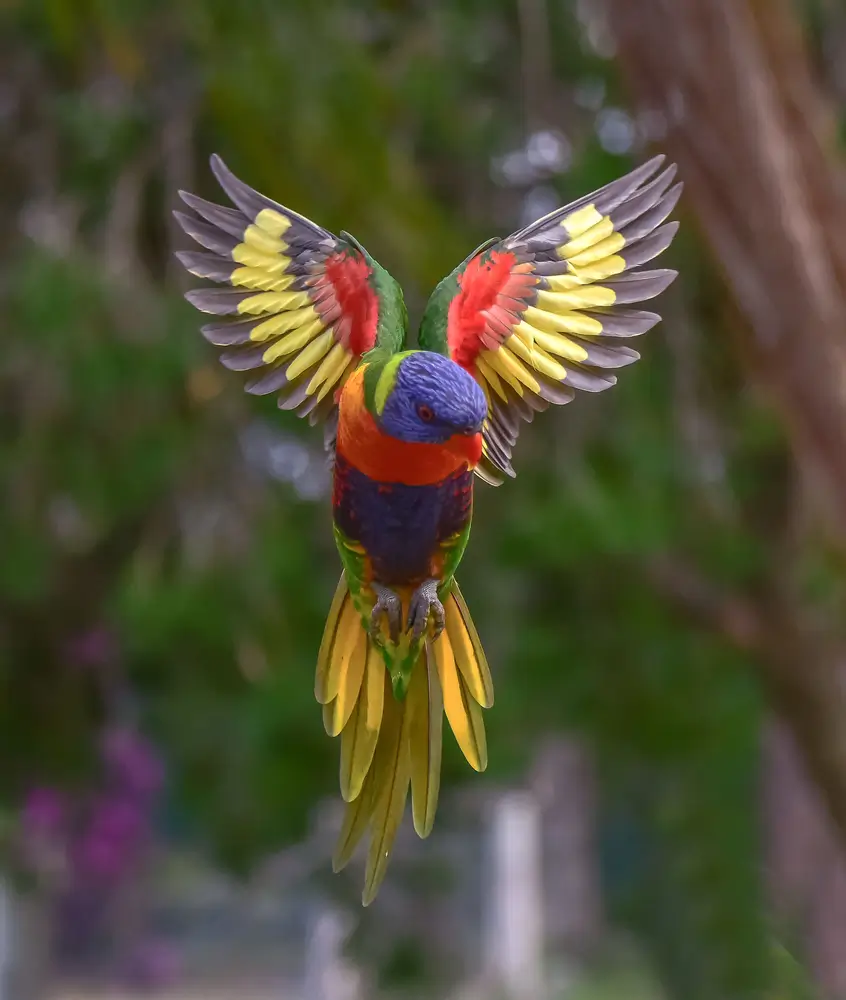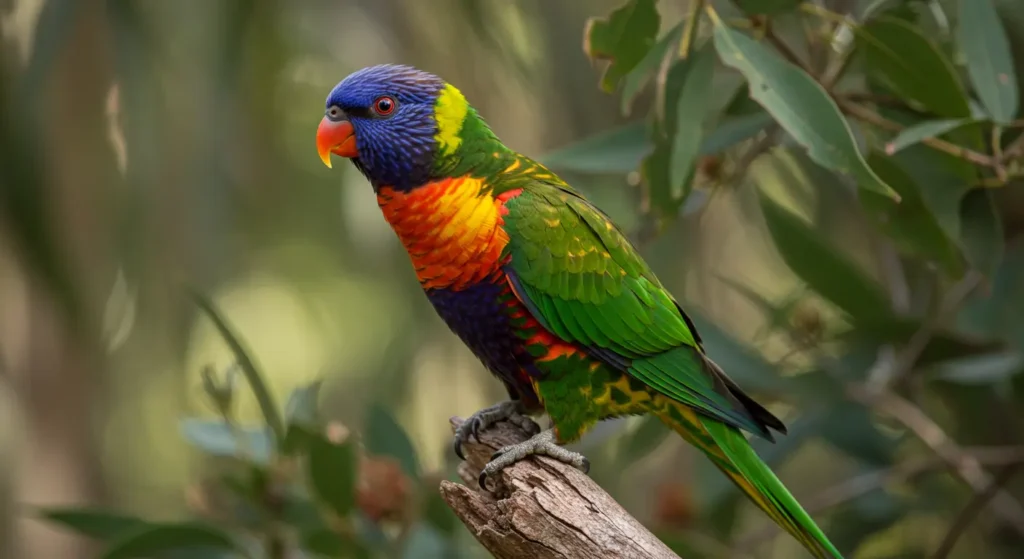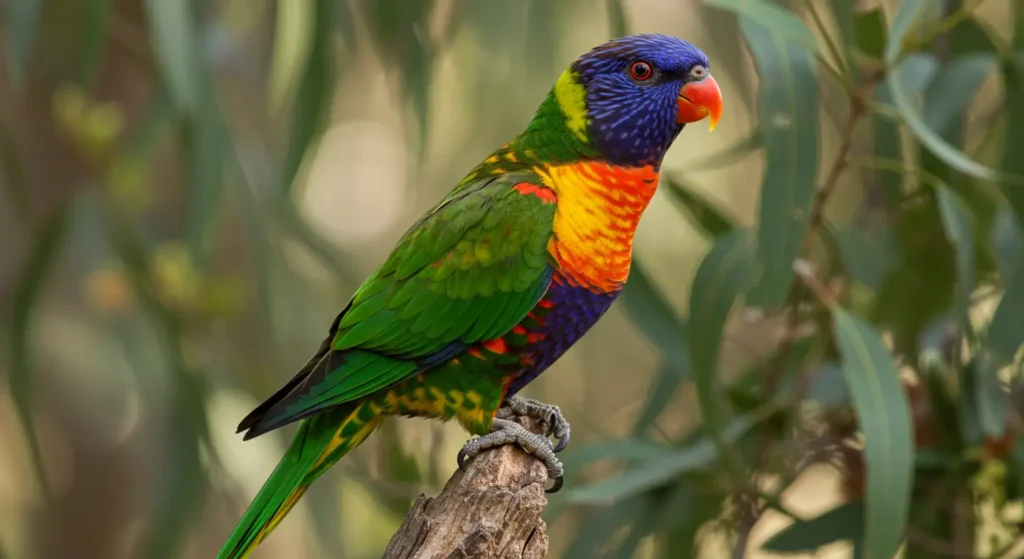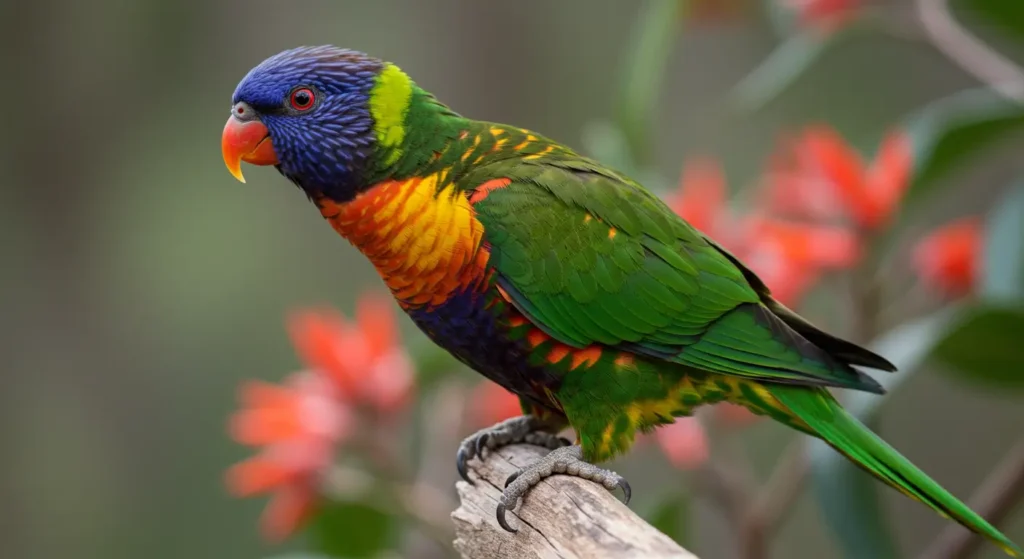The Rainbow Lorikeet is a brightly colored parrot known for its attractive feathers and interactive nature. It has also been spotted in parts of the United States due to escaped pet populations but they are native to Australia. These birds have a diet rich in nectar, fruits, and flowers which makes them important pollinators.
They are social, often seen in noisy flocks, and can even mimic human speech. Rainbow Lorikeets are popular pets but require special care due to their high-energy behavior and specific diet. Their striking colors and lively personality make them a favorite among bird lovers.
Rainbow Lorikeet Images
Rainbow Lorikeet Price
The cost of a Rainbow Lorikeet typically ranges from $400 to $1,500, depending on factors such as age, breeder reputation, and geographic location. For instance, some breeders list Rainbow Lorikeets at approximately $550.
Characteristics and Features of Rainbow Lorikeet
This bird attracts the people with the help of its colorful feathers and catchy nature. Here are some features of this bird: Rainbow Lorikeets live around 7–10 years in the wild due to predators and environmental risks. Their lifespan can reach 20–25 years with proper care, a balanced diet, and a safe environment in captivity. These birds possess a quite interesting nature and multiple interesting things are associated with them. Here are some interesting facts about the Rainbow Lorikeet: Rainbow Lorikeets actually respond to voices they know. They learn to recognize your tone and react with excitement when they hear you if you talk to them often. Some even develop little habits, like flying over or whistling back. The owners have noticed that their Lorikeets respond differently to each family member. That kind of memory and recognition makes them feel more like companions than pets. Rainbow Lorikeets don’t eat seeds unlike most parrots. They have a tongue with tiny, brush-like hairs that help them suck nectar and soft fruits. It’s designed perfectly for their diet of liquid-rich food. This unique tongue makes them completely different from seed-eating parrots found in American homes. Rainbow Lorikeets are playful by nature. They hang upside down, slide on wet surfaces, and even play tag with each other. Their activeness keeps them happy and healthy. The caretakers often give them toys, ropes, and swings to interact with them like toddlers. They love entertainment and can get bored easily without stimulation. These birds are strong fliers and can travel over 30 miles a day in search of food. They move from tree to tree and look for fresh nectar. This fuels their high energy demands. Rainbow Lorikeets need room to fly and exercise even in captivity. That’s why large cages or outdoor aviaries work better for them. Rainbow Lorikeets have watery droppings because they eat nectar and fruit. It might look unusual to first-time bird owners but it’s completely normal for them. Changes in their droppings can actually show if something’s wrong and vets use this to catch illnesses early. It’s a simple but reliable way to monitor their health. Rainbow Lorikeets usually stick together for life once they find their mate. You’ll often see pairs cuddling, grooming, and feeding each other. Their bond is strong and sweet. They can become sad or stop eating when separated. Some Rainbow Lorikeets sleep while hanging upside down like a bat. It’s a strange but completely natural habit in younger birds or those feeling playful. This behavior surprises many first-time owners because they might think the bird is hurt. Its just another example of their flexibility and comfort in their environment. These birds love to bathe after a good rain. They look for puddles or leaves holding water and splash around happily in the wild. They’ll bathe several times a day when provided with a shallow dish or running water. It keeps their feathers clean and their body temperature regulated. Rainbow Lorikeets from different areas make slightly different calls. Their chirps and squawks vary depending on where they were raised just like people have accents. This reflects their social awareness and adaptive nature even when far from home. Some Rainbow Lorikeets seem to recognize themselves in mirrors. They interact with their reflection in unique ways like preening, making faces, or playing. This behavior suggests a level of self-awareness that’s rare in birds. Bird owners who place mirrors in cages often see their Lorikeet getting attached to it. Lorikeets are very social and don’t survive when kept alone. They can become lonely or develop bad habits like feather plucking without another bird or frequent human interaction. It’s common for breeders and keepers to recommend adopting them in pairs. They’re happiest when they have a companion to play and cuddle with. Rainbow Lorikeets follow flower blooms and change their food sources depending on the time of year. This natural instinct is carried over even in captivity. Spring usually increases their appetite and energy, while winter calms them down. They let out a sharp and high-pitched warning call upon sensing danger. Other birds immediately react and fly off or get alert. They sound the alarm and protect their flock in captivity if a stranger or loud noise approaches. Lorikeets often climb using their beaks along with their feet. They grip branches, ropes, and cage bars using all three for balance and movement. You’ll often see them swinging, climbing, and hanging upside down with ease. Their beak works like a built-in climbing tool which keeps them active and agile. These birds often interact with humans and can be seen in different places in the US. Here are some places like zoo where they can be seen: There are some pro tips which can make your photographs better for future memories. Rainbow Lorikeet is a fascinating bird because of its interactive personality and natural resemblance with humans as well. They always prefer to stay in a very busy and social environment. They can also survive well in captivity when the environment is healthy and interactive. Their eye-catching habits and change of sounds with the environment reflect their compatible nature and social activeness. Yes, you can, but check local laws first—some states require special permits for exotic birds. They mainly eat nectar, fruit, and veggies—avoid seeds as they can harm their health. Yes, they’re very vocal and energetic, so expect chirping and chatter throughout the day.
General Characteristic
Feature Specific to Rainbow Lorikeet
Scientific Name
Trichoglossus moluccanus
Size
About 10-12 inches
Weight
Around 100-157 g
Coloration
Bright blue head, green wings, red chest, yellow-orange belly
Habitat
Forests, coastal areas, and urban parks
Diet
Mostly nectar, pollen, fruits, and flowers
Beak Type
Curved beak and adapted for nectar feeding
Tongue Type
Brush-tipped tongue for extracting nectar
Vocalization
Loud, chattering calls and whistles
Flying Ability
Fast and agile in flight
Nest Type
Tree hollows lined with wood dust

Life Span of Rainbow Lorikeet
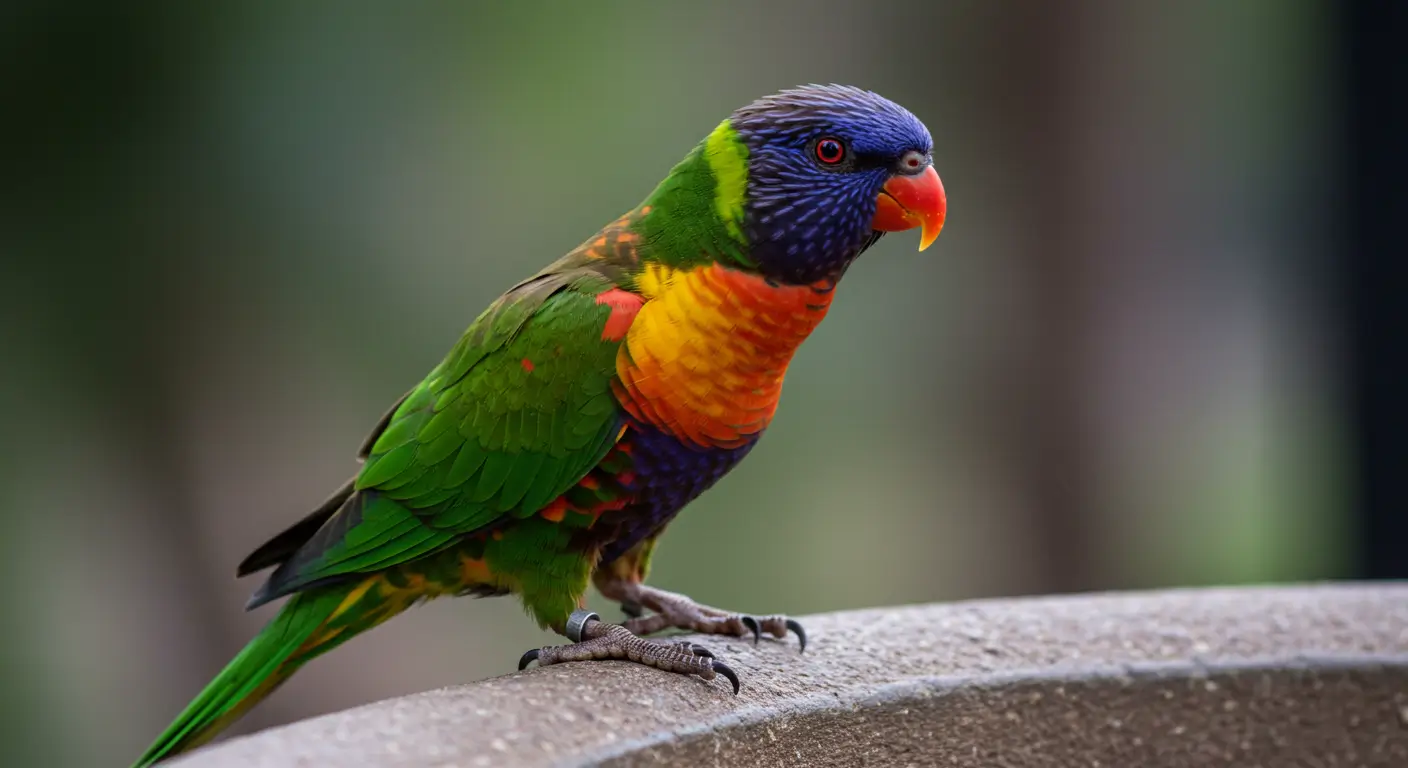
Interesting Facts About the Rainbow Lorikeet
1. Recognize Human Voices

2. Use Tongue Like a Brush
3. Play Games in the Wild
4. Can Travel Over 30 Miles a Day

5. Droppings Reflect Their Health
6. Form Life-Long Bonds
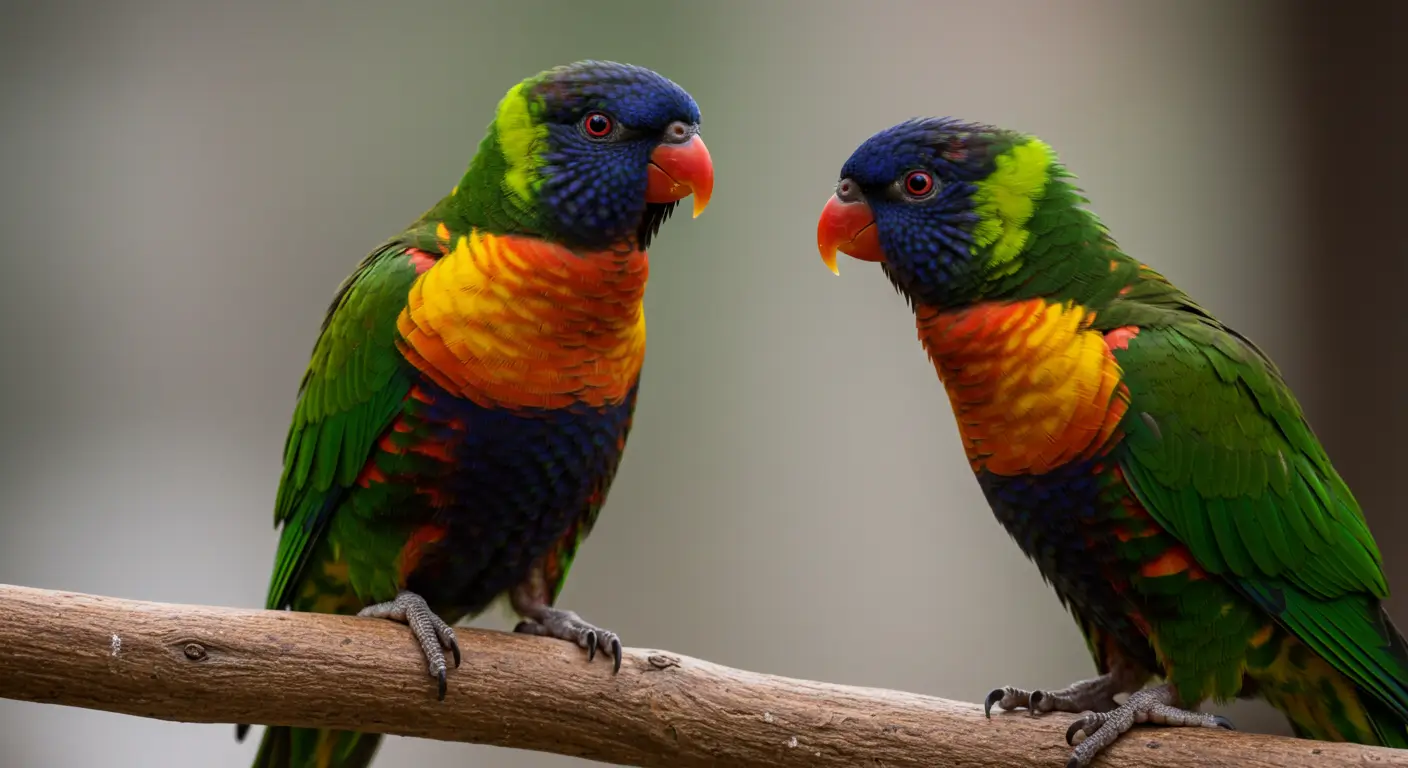
7. Can Sleep Upside Down
8. Bathe in Rainwater Puddles

9. They Have Regional “Dialects”
10. Show Mirror Self-Recognition
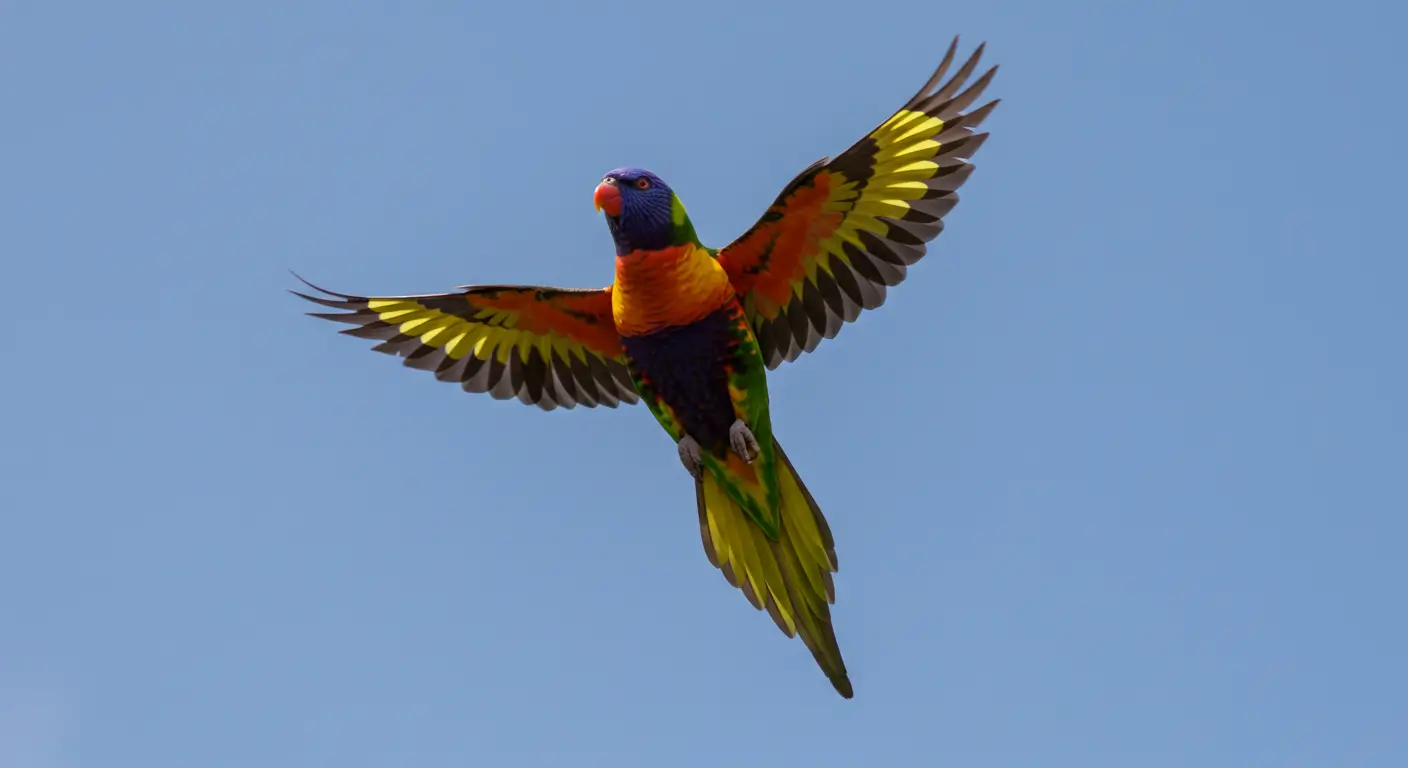
11. Unable to Live Alone
12. Change Their Feeding Habits by Season
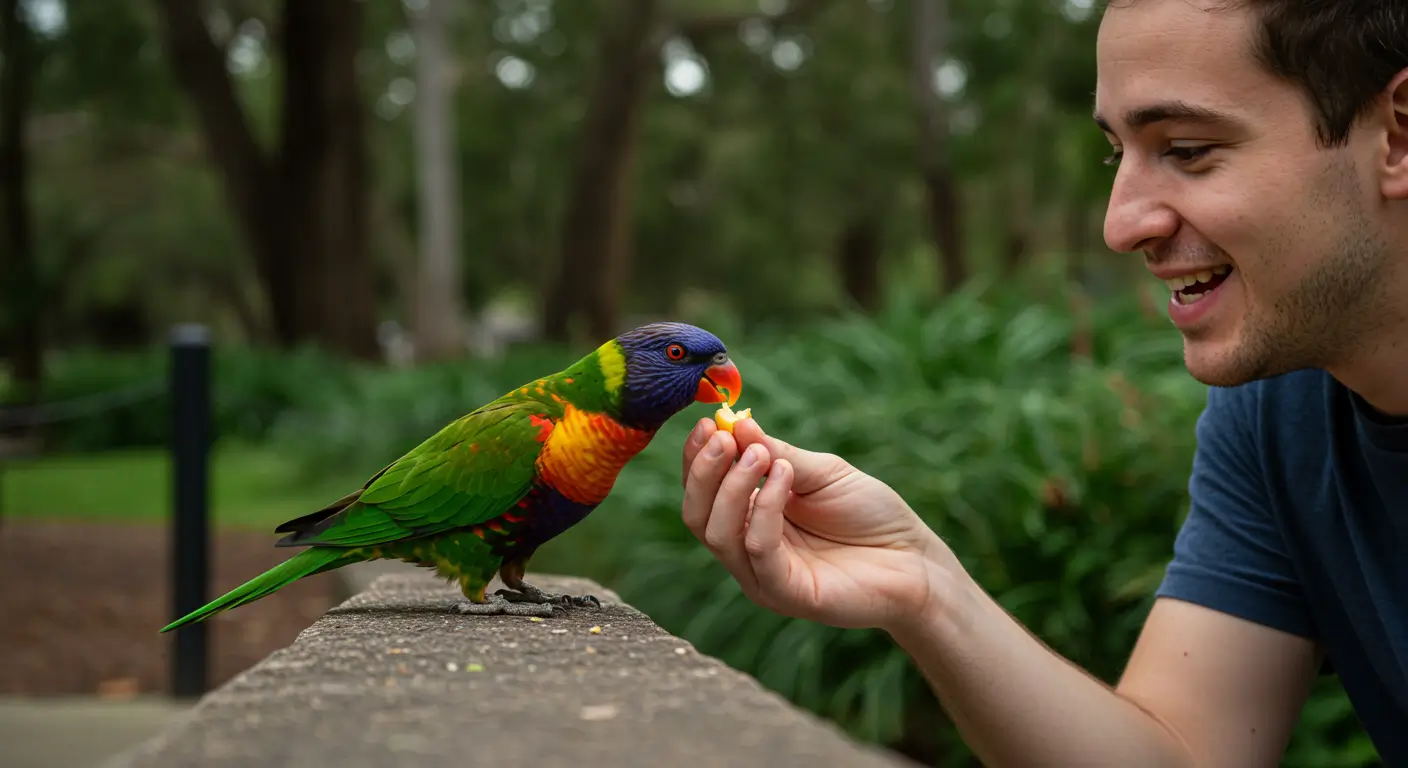
13. Warning with High-Pitched Calls
14. Use Beaks as a Third Foot

Sightseeing of Rainbow Lorikeet
Location Name
State in Which it is Located
San Diego Zoo
California
Los Angeles Zoo
California
Houston Zoo
Texas
Audubon Zoo
Louisiana
Zoo Miami
Florida
Bronx Zoo
New York
Philadelphia Zoo
Pennsylvania
Smithsonian’s National Zoo
Washington, D.C.
Toledo Zoo
Ohio
Denver Zoo
Colorado
St. Louis Zoo
Missouri
Nashville Zoo
Tennessee

Photography of Rainbow Lorikeet
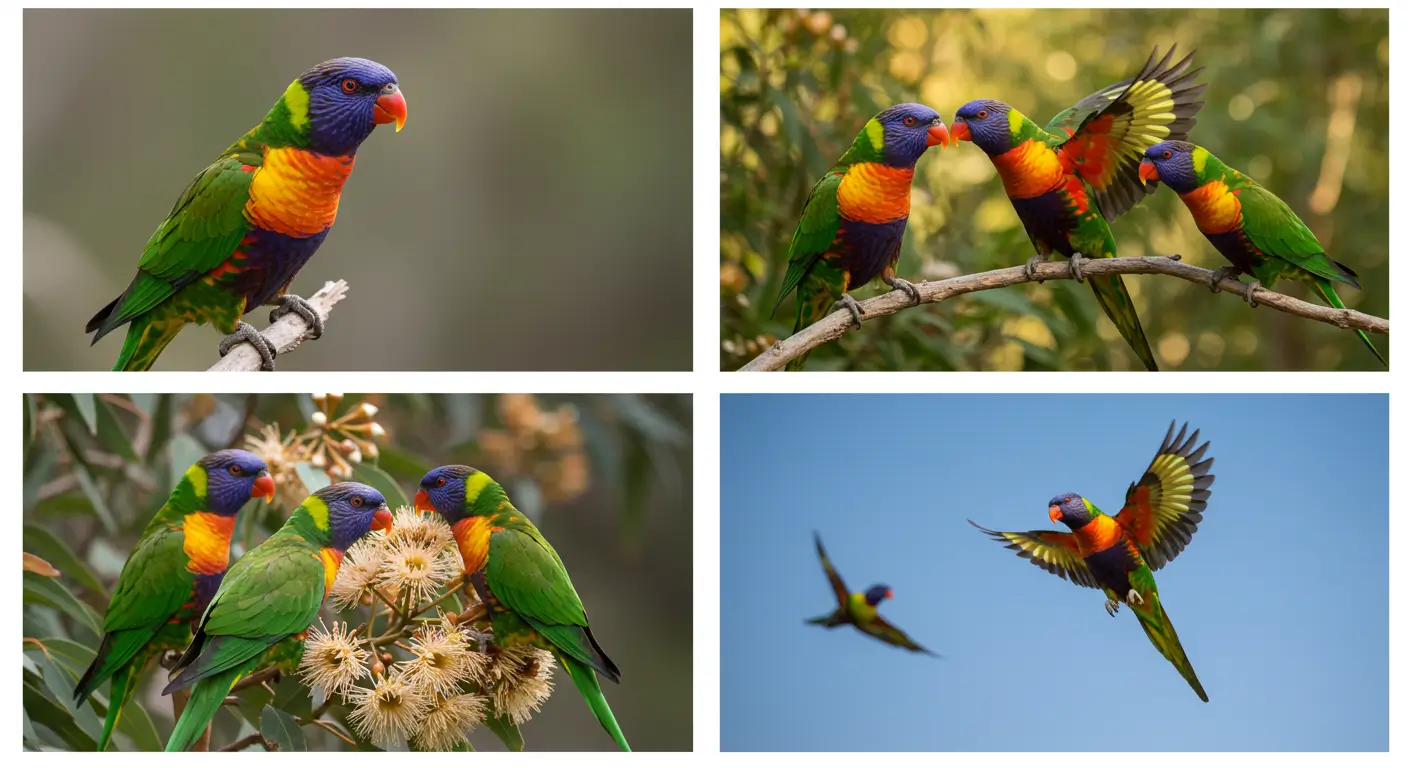
Closing Remarks
FAQs
1. Can I keep a Rainbow Lorikeet as a pet in the USA?
2. What does a Rainbow Lorikeet eat?
3. Are Rainbow Lorikeets noisy?

